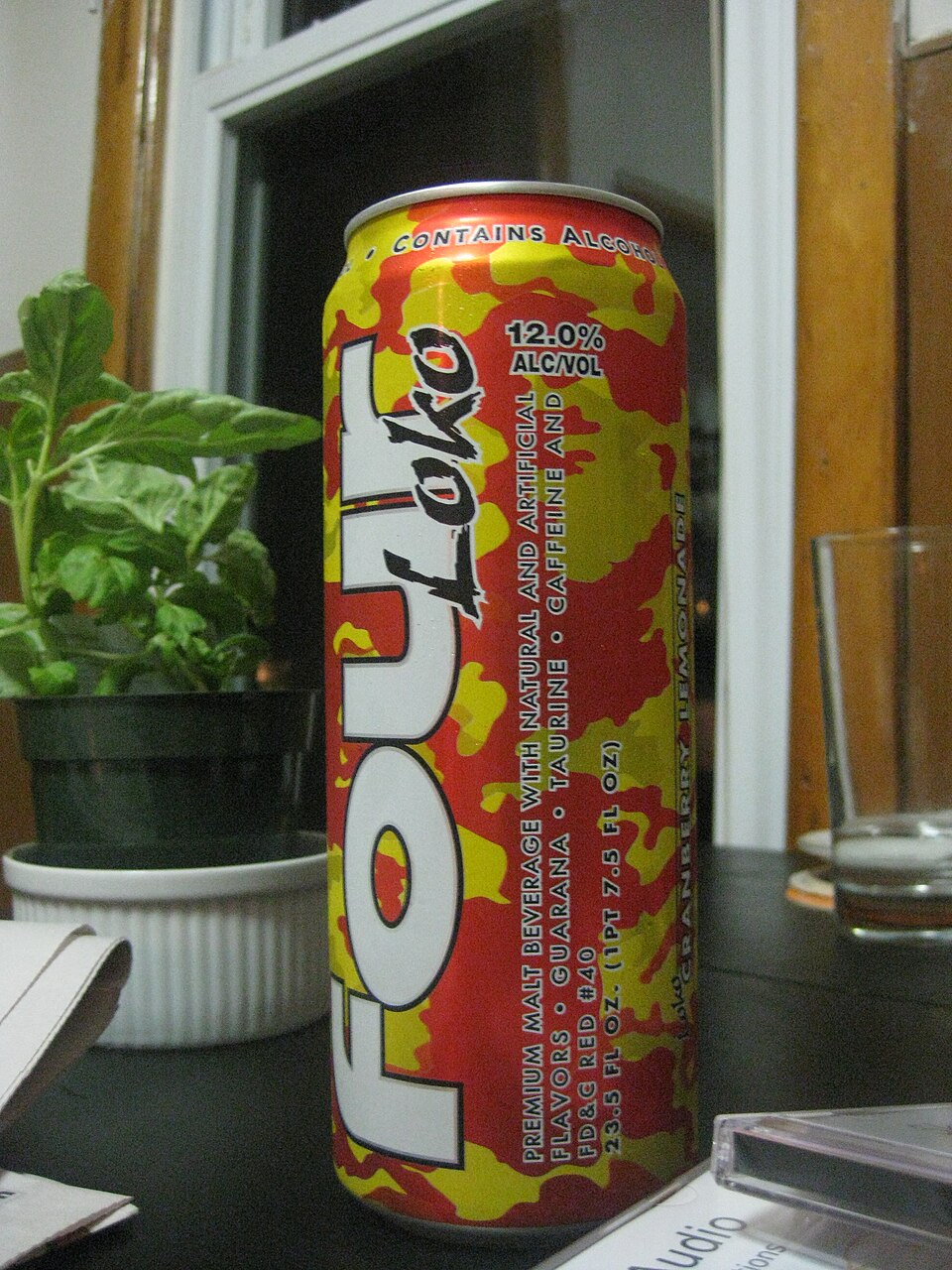
By Austin Uhler – Own work, Public Domain, Link
When a product gets banned, it often makes headlines. Whether it’s due to health concerns, political controversy, or public backlash, banned items tend to stir up emotions—and disappear overnight. But not all bans last forever. Over time, some items are quietly reformulated, relabeled, or simply reintroduced with little fanfare. Here are eight surprising examples of banned products returned to store shelves, often without most consumers noticing.
1. Four Loko (Original Formula)
Back in the early 2010s, Four Loko made waves for combining high amounts of alcohol with caffeine. The original formula was linked to multiple hospitalizations, and the FDA issued warnings against caffeinated alcoholic beverages. After intense scrutiny and public outcry, the drink was effectively banned from shelves. But that wasn’t the end—Four Loko returned, this time without the caffeine, and continues to sell under the same bold branding. It’s a classic case of a banned product returned with a quiet twist.
2. Lawn Darts
Also known as “Jarts,” these sharp-tipped projectiles were banned in the U.S. in 1988 after causing serious injuries and even deaths. For years, they were considered one of the most dangerous toys ever sold. But today, you can find a safer version of lawn darts with rounded, weighted tips that pose less risk. These redesigned versions sidestep the original ban by altering the product’s core features. They’re back on shelves—just not in their original deadly form.
3. Kinder Surprise Eggs
For decades, Kinder Surprise chocolate eggs were banned in the U.S. because of a regulation prohibiting food items with non-nutritive objects inside. The small toys hidden within were considered a choking hazard. However, a reworked version called Kinder Joy—featuring a separate compartment for the toy—made its U.S. debut in 2017. This smart repackaging allowed the banned product to return legally and successfully. Now, kids in the U.S. can enjoy a version of the beloved treat that’s FDA-approved.
4. Ephedra-Based Supplements
Ephedra, an herb once popular in weight loss and energy supplements, was banned by the FDA in 2004 after being linked to heart problems and deaths. The ban applied to dietary supplements containing ephedrine alkaloids. But companies soon found loopholes by using related ingredients that weren’t specifically named in the ban. You’ll still find products marketed with “ephedra extract” that technically comply with the law. It’s a controversial example of a banned product returned through clever labeling.
5. Teflon Cookware
Concerns about perfluorooctanoic acid (PFOA), used in making nonstick Teflon coatings, led to a wave of public concern and manufacturing changes. PFOA was phased out due to health and environmental risks, and consumers were told to be cautious about old cookware. But Teflon never really disappeared—it was reformulated without the harmful chemicals and rebranded as safe. Today, nonstick cookware still dominates shelves, proving that even controversial items can stage a comeback with the right modifications.
6. Absinthe
Once banned in the U.S. and many parts of Europe due to fears over its hallucinogenic properties, absinthe gained a reputation as a dangerous spirit. The ban was based largely on misconceptions about thujone, a chemical found in wormwood. In the early 2000s, scientists debunked most of the myths, and regulations were adjusted to allow absinthe with very low thujone levels. By 2007, absinthe made its quiet return to American bars and liquor stores. Today, it’s perfectly legal and widely available—just in a slightly altered form.
7. Raw Milk Cheeses
Raw milk cheeses like brie and camembert were once heavily restricted in the U.S. due to concerns over bacterial contamination. While many still remain banned unless they meet strict aging requirements, the market has evolved. Through careful pasteurization and aging regulations, many of these cheeses have been allowed back on the shelves. Some are now produced domestically under tight supervision, while others are imported under controlled conditions. These banned products returned thanks to a compromise between safety and tradition.
8. Clove Cigarettes (as “Filtered Cigars”)
Clove cigarettes were banned in the U.S. in 2009 under a law targeting flavored cigarettes aimed at youth. But manufacturers quickly adapted by rebranding their products as “filtered cigars,” which weren’t included in the ban. The result? Nearly identical products returned to store shelves, complete with clove flavor and similar packaging. It’s one of the more blatant examples of a banned product returned through legal gray areas and creative marketing.
Bans Aren’t Always the End of the Story
The world of consumer goods is full of loopholes, workarounds, and quiet reformulations. Just because something disappears for a while doesn’t mean it’s gone forever. From rebranding and recipe tweaks to legal technicalities, companies find ways to bring back banned favorites without making headlines. These examples prove that a “ban” is often just a pause—and savvy shoppers should keep an eye on what quietly creeps back into stores.
Which banned product do you remember vanishing from shelves—and were you surprised to see it come back? Share your thoughts in the comments!
Read More
12 Things That Were Normal in the 90s But Would Be Banned Today
